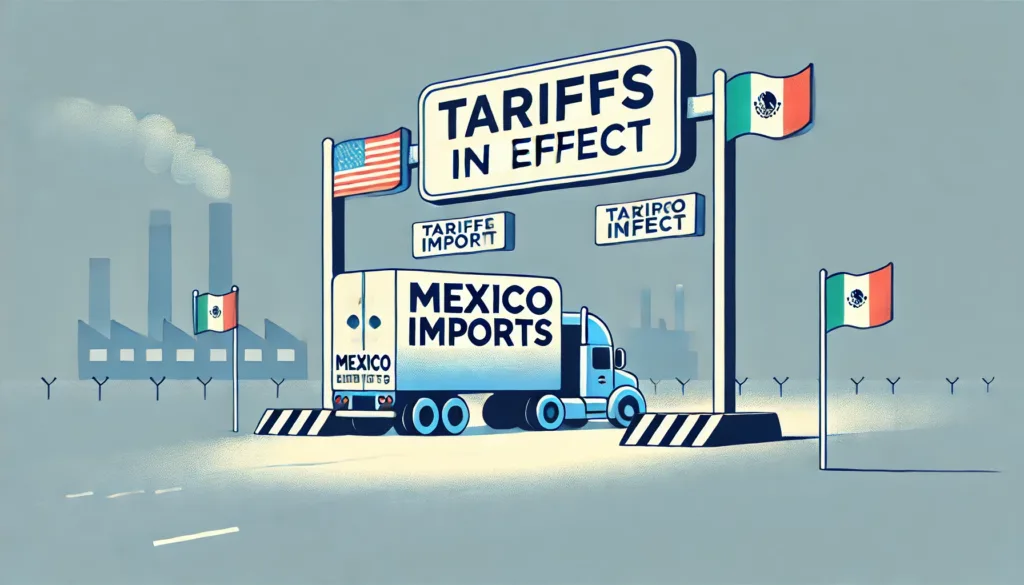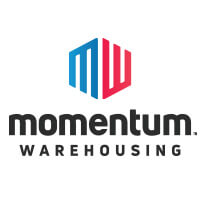How To Offset 2025’s Trump Tarriffs
In 2025, President Donald Trump’s newly proposed tariffs on imports from Mexico, Canada, and China are sparking significant changes in global supply chains. With tariffs as high as 25% on certain imports, businesses are facing higher costs and operational complexities. To mitigate these challenges, companies are turning to warehousing solutions to provide stability and flexibility during this period of economic uncertainty.
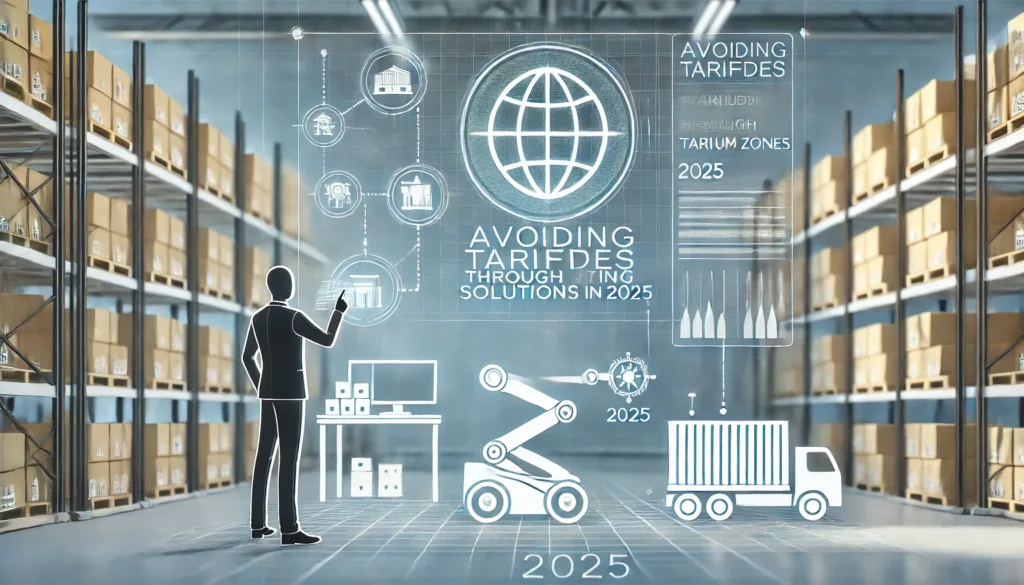
Stockpiling Inventory with Warehousing Solutions
One key strategy companies are adopting is rethinking inventory management. With supply chain disruptions looming, businesses are stockpiling goods to ensure consistent product availability, even as import costs rise. This approach demands increased warehouse space to store surplus inventory, creating a surge in demand for adaptable and scalable storage solutions. For many, advanced warehouse management systems (WMS) are becoming indispensable, offering real-time tracking and efficient handling of larger inventories. These tools allow businesses to optimize storage while minimizing waste and operational bottlenecks.
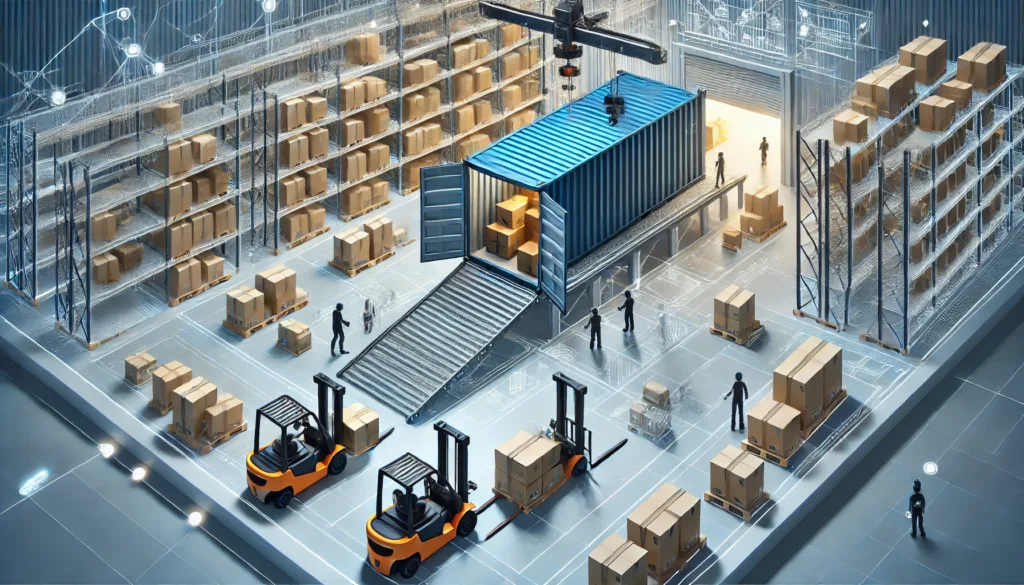
Strategic Location Adjustments for Warehousing Solutions
Strategically locating warehouses has also become a focal point for businesses aiming to counteract rising transportation costs and tariff-related delays. Companies are investing in facilities closer to key markets, allowing for faster delivery and reduced dependency on high-tariff regions. For instance, many are expanding operations near U.S. borders or within Foreign Trade Zones (FTZs) to benefit from tax and customs efficiencies. These zones allow businesses to defer, reduce, or entirely eliminate certain duties, making them a powerful tool in offsetting tariff expenses. The geographic diversification of warehouses not only minimizes risk but also bolsters supply chain resilience.
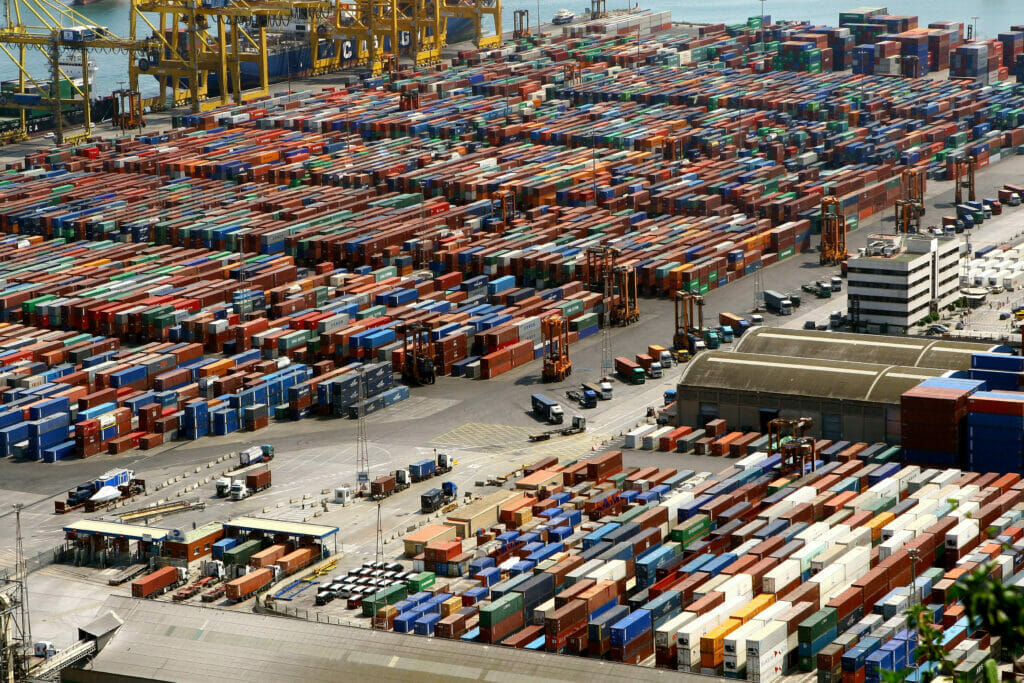
Leveraging 3PL Providers for Warehousing Solutions
Collaboration with third-party logistics (3PL) providers is another essential tactic. These partnerships allow businesses to quickly scale operations and adapt to the fluctuating demands created by tariffs. Experienced 3PL providers offer expertise in warehousing, distribution, and compliance, ensuring companies can navigate customs regulations while maintaining efficient supply chain operations. Additionally, these providers can integrate technology-driven solutions that streamline workflows, offering clients a competitive edge in a rapidly evolving trade environment.
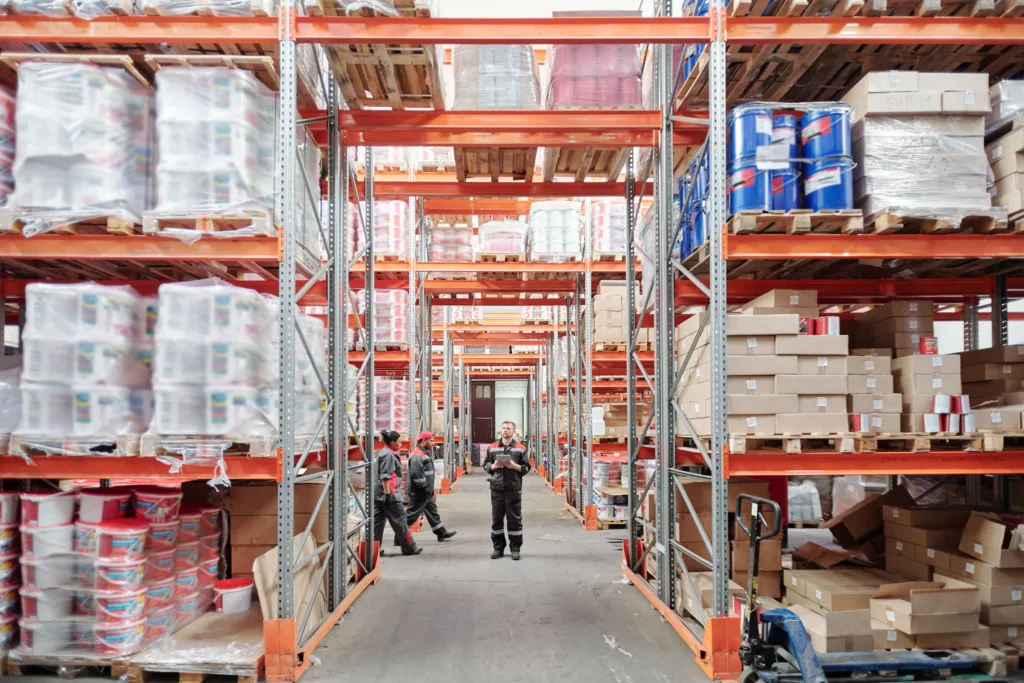
Adapting to a New Era with Tarriffs in 2025
As tariffs reshape trade dynamics, businesses must remain agile and proactive. The strategic use of warehousing solutions—whether through inventory optimization, location adjustments, or partnerships with logistics experts—can provide a critical buffer against economic pressures. By embracing these approaches, companies can sustain operations, manage costs, and adapt to the shifting global landscape with greater confidence.
